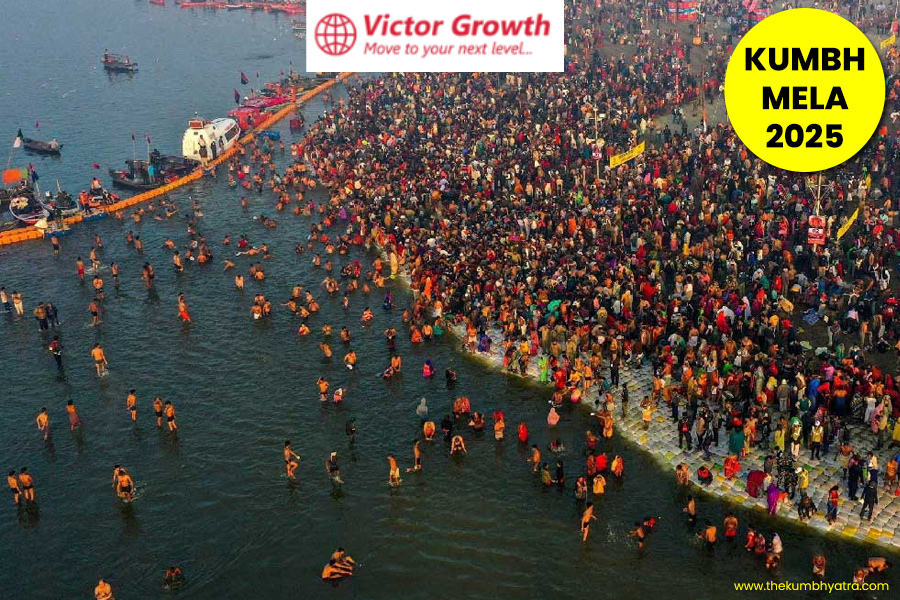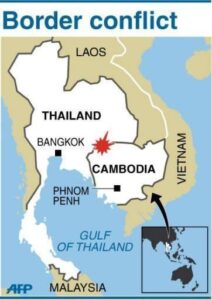Kumbh Mela: A Confluence of Culture, Spirituality, and Heritage
The Kumbh Mela is one of the most significant cultural and religious events in India, celebrated as an ‘Intangible Cultural Heritage’ by UNESCO. It symbolizes the confluence of spirituality, cultural diversity, and social harmony. This mega-event holds immense importance for UPSC Civil Services Examination (CSE) aspirants, given its cultural, historical, and socio-economic relevance.
Why in the News?
The Maha Kumbh Mela, one of the largest religious gatherings in the world, is set to take place in 2025. This festival, held every 12 years at four locations—Haridwar, Allahabad (Prayagraj), Nashik, and Ujjain—draws millions of devotees, pilgrims, and tourists globally. The Maha Kumbh Mela 2025 is scheduled to begin on January 13, 2025, with the Paush Purnima Snan, and conclude on February 26, 2025, coinciding with Maha Shivratri.
Cultural Significance
Religious Practices:
The Kumbh Mela is deeply rooted in Hindu mythology. It is believed to offer devotees an opportunity to absolve sins and attain Moksha (liberation) by taking a holy dip in the sacred rivers.
Rituals such as Shahi Snan (Royal Bath) and spiritual discourses by saints and sadhus form the core of the event.
Intangible Cultural Heritage:
Recognized by UNESCO, the Kumbh Mela embodies India’s rich tradition of collective religious expression and spirituality.
It reflects the coexistence of various sects, philosophies, and cultural practices within Hinduism.
Cultural Exchange:
The festival attracts participants from different parts of India and the world, fostering cultural interaction and unity in diversity.
Art, music, and folk performances during the Mela showcase India’s artistic heritage.
Historical Foundations
Mythological Origin:
The Kumbh Mela traces its origins to the ancient legend of Samudra Manthan (churning of the ocean). According to Hindu mythology, four drops of Amrit (nectar of immortality) fell at the four locations during the divine battle between Devas and Asuras.
Historical References:
Ancient texts such as the Mahabharata, the Puranas, and the accounts of Chinese traveler Hiuen Tsang mention gatherings similar to the Kumbh Mela.
Historical records from the Gupta and Mughal periods also highlight the significance of this event.
Geographical Significance
Locations of the Kumbh Mela:
Haridwar (Ganga): Nestled in the foothills of the Himalayas, this site is revered for its natural beauty and spiritual energy.
Prayagraj (Sangam): The confluence of the Ganga, Yamuna, and the mythical Saraswati rivers makes it a central hub for the festival.
Nashik (Godavari): Known for its association with Lord Rama, Nashik holds immense religious importance.
Ujjain (Shipra): This city, associated with Lord Shiva, is a prominent Shaivite pilgrimage center.
Astrological Alignment:
The timing and location of the Kumbh Mela are determined based on specific planetary positions, adding to its spiritual significance.
Socio-Economic Impact
Tourism and Economy:
The Kumbh Mela generates significant revenue through tourism, boosting local economies.
It provides employment opportunities in sectors such as hospitality, transport, and handicrafts.
Infrastructure Development:
The festival drives large-scale development of infrastructure, including roads, sanitation, healthcare, and temporary shelters.
Technological advancements, such as digital mapping and crowd management systems, are also employed to ensure safety.
Social Harmony:
The gathering serves as a platform for promoting social and religious harmony among diverse communities.
Environmental Considerations
River Conservation:
The event emphasizes the cultural and spiritual significance of rivers, raising awareness about their conservation.
Initiatives like clean-up drives and waste management systems are implemented to minimize environmental impact.
Eco-Friendly Practices:
Efforts are made to adopt sustainable practices, such as banning plastic and promoting eco-friendly alternatives.
Key Takeaways for UPSC Aspirants
Cultural Importance:
Understand the historical, mythological, and cultural dimensions of the Kumbh Mela as part of India’s intangible heritage.
Geographical Relevance:
Study the geographical locations and their unique significance, including the rivers and astrological aspects.
Current Affairs:
Follow updates on the Maha Kumbh Mela 2025, especially government initiatives and measures for crowd management and sustainability.
Essay and Ethics:
Use the Kumbh Mela as a case study for topics like cultural heritage, social harmony, and sustainable development in essay and ethics papers.
The Kumbh Mela is a celebration of faith, culture, and unity, reflecting India’s profound spiritual heritage. Its socio-economic, environmental, and cultural dimensions make it a topic of paramount importance for aspirants preparing for UPSC CSE.






